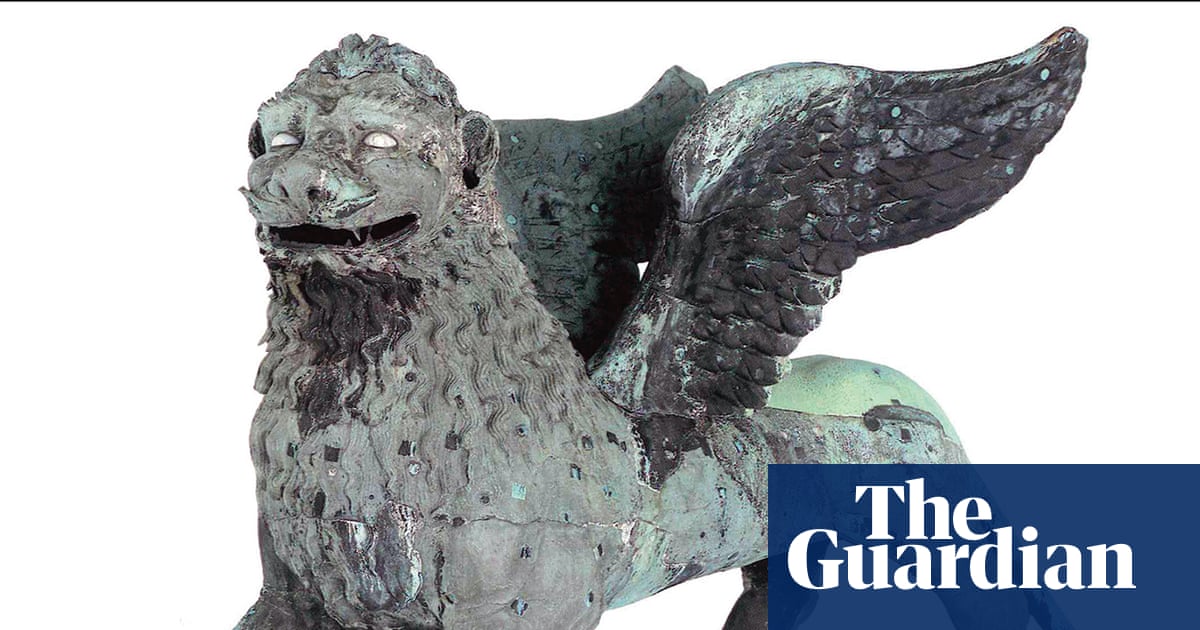
The great bronze statue of a winged lion perched atop one of two granite columns in Venice’s St Mark’s Square has watched over the city for centuries.
But Italian scientists have now found evidence to suggest the iconic statue was at least in part made in China, and possibly ended up in Venice via the Silk Road after being brought back by the father and uncle of the merchant and explorer Marco Polo.
In research due to be published in the journal Antiquity, scientists from the University of Padua found that the copper ore used to cast the Venetian winged lion was mined in China’s Yangtze River basin.
Advanced lead isotope analysis on samples of the lion showed that the copper used in its production originated from the lower Yangtze area in south-eastern China. “Lead isotopes provide a reliable means to link metals to their original ore deposits,” the scientists wrote.
The research also suggests that the lion shares similarities with the kind of statue that might have guarded a tomb during the Tang Empire, which ruled China from AD 618 to 907.
The scientists suggested the whole statue could have been brought to Venice after being encountered by Niccolò and Maffeo Polo during their visit to the Mongol court in Khanbaliq, now Beijing. Once in Venice, it was probably then modified to resemble the Republic’s emblem – the winged lion of St Mark.
A visual examination of the statue showed that it used to have horns, which meant it most closely resembled a zhènmùshòu, a guardian lion that warded off evil spirits from graves during the Tang dynasty. It is believed the horns were later removed and ears shortened to adapt it more to the lion of Saint Mark.
The symbol is omnipresent in Venice, featuring on buildings and coins. It is also the emblem of the Venice film festival’s top prize, the Golden Lion.
However, little is known of the statue’s history. “We don’t know when the sculpture arrived in Venice, where it was reworked, who did it, or when it was erected on the column where it is still visible today,” said the study’s co-author Massimo Vidale. The scientists said their study did show the geographical reach of the Venetian Republic, one of the great trading powers of medieval Europe, and the interconnectedness of its world.
Scholars have previously suggested that the sculpture hailed from Mesopotamia (present-day Iraq), ancient Persia or ancient Greece.
“Venice is a city full of mysteries, but one has been solved: the Lion of Saint Mark is Chinese, and he walked the Silk Road,” Vidale said.

